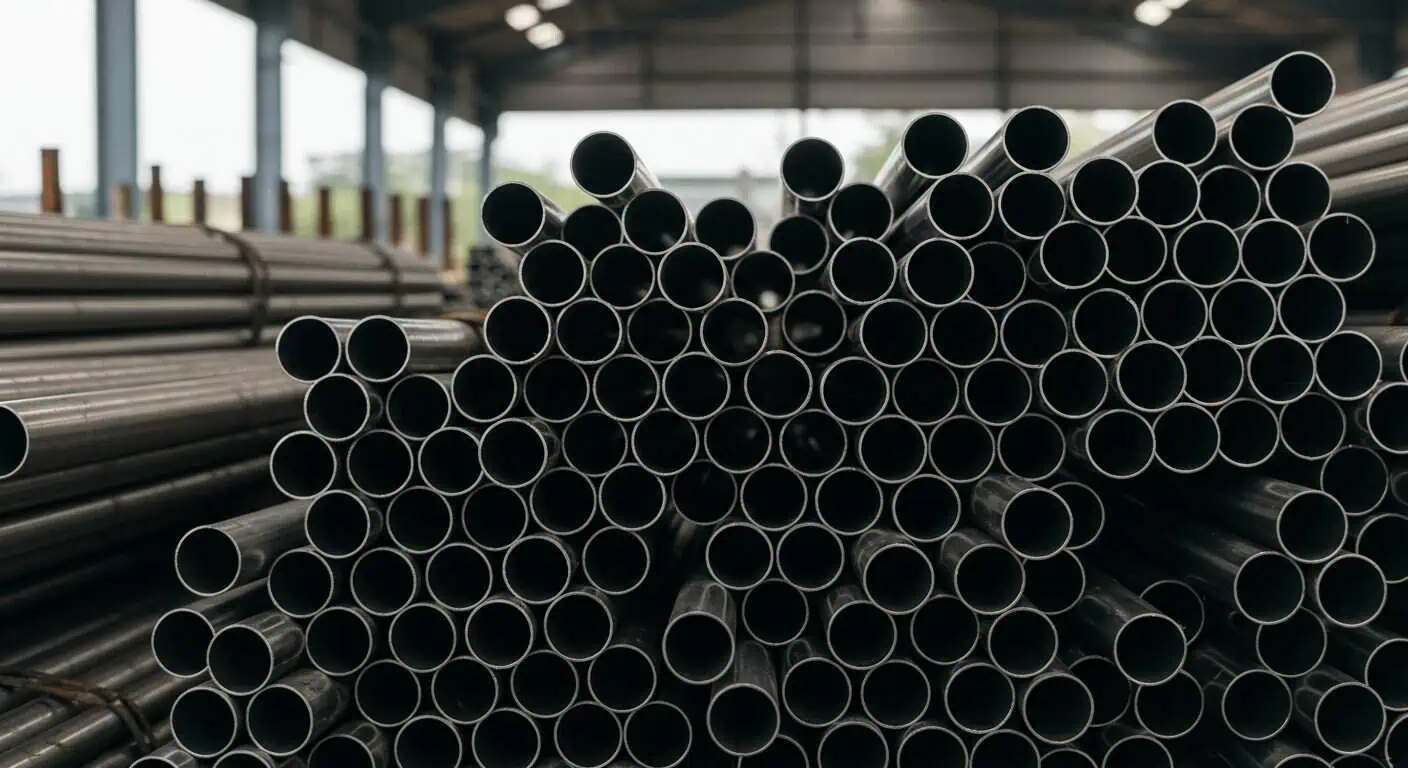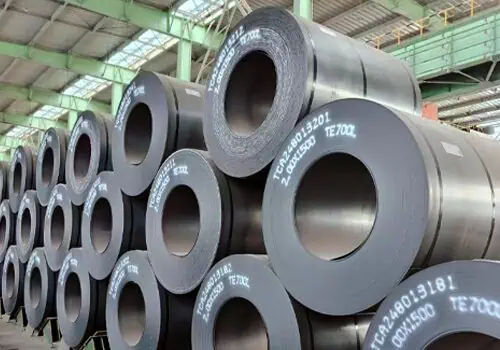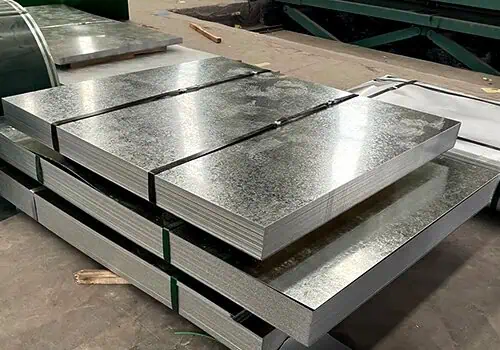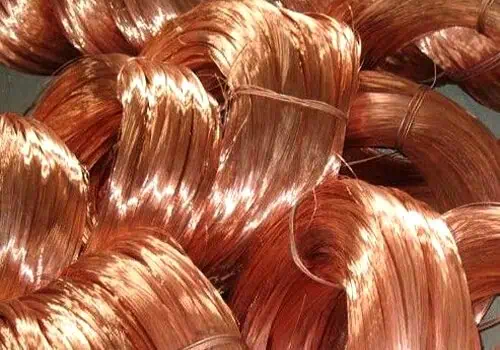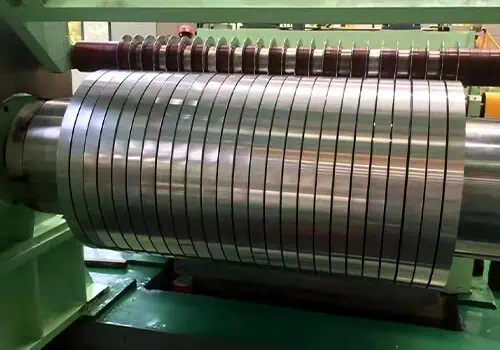Stainless steel pipes look flawless, but hidden flaws cause big headaches. These disadvantages of stainless steel often lead to higher costs, complex maintenance, and poor choices if ignored.
What are the disadvantages of stainless steel pipes? The disadvantages of stainless steel pipes include high costs, potential corrosion, welding difficulty, limited thermal conductivity, and high maintenance in certain environments. While strong and recyclable, stainless steel isn’t always the best option. In fact, understanding stainless steel pipe advantages and disadvantages helps buyers choose better materials for their projects, avoiding wasted money and delays.
Let’s dive deeper into each disadvantage and answer common questions about stainless steel pipes to guide better purchasing decisions.
Why Are Stainless Steel Pipes More Expensive?
Stainless steel owes its strength and corrosion resistance to expensive elements like nickel, chromium, and molybdenum. This makes it far pricier than carbon steel or galvanized pipes.
Stainless steel costs more due to alloying metals, energy-intensive production, and specialized equipment needs. These factors make it less affordable for construction companies working on large-scale or budget-sensitive projects.
High costs often make stainless steel a tough sell for contractors. Buyers comparing stainless steel pipe advantages and disadvantages usually notice that price is the biggest drawback. In industries like oil and gas or construction, many clients turn to carbon steel to control costs. Although stainless steel lasts longer, its upfront expense is a barrier, especially for projects with thin profit margins.

Can Stainless Steel Pipes Still Corrode?
Many assume stainless steel never rusts, but the truth is more complex. The chromium oxide layer gives protection, but under certain conditions, stainless steel corrodes.
Stainless steel can corrode in chloride-heavy environments, coastal areas, or chemical plants. This shortens lifespan and requires frequent inspections, coatings, or replacements—raising long-term project costs.
For example, pipelines near seawater may experience pitting corrosion. This type of damage is small but spreads fast. Buyers considering disadvantages of steel pipes should know stainless steel isn’t always the most reliable in aggressive environments. Alternatives like coated carbon steel sometimes perform better. Even industries that rely heavily on stainless steel, such as food or pharmaceuticals, must invest in preventive maintenance.
What Is the Life Expectancy of a Stainless Steel Pipe?
Durability is stainless steel’s main selling point, but actual lifespan depends on usage.
On average, stainless steel pipes can last 50 years or more, provided they’re installed correctly and maintained well. However, harsh environments can reduce this expectancy dramatically.
Indoor plumbing may run flawlessly for decades. But outdoor applications exposed to pollution, chemicals, or salty air won’t last as long. When comparing disadvantages of stainless steel appliances or even disadvantages of stainless steel cookware, longevity often depends on environment and use. Pipes installed underground in aggressive soil may corrode faster, requiring premature replacement despite the material’s reputation for long life.
Why Is Welding Stainless Steel Difficult?
Welding stainless steel isn’t as simple as working with carbon steel. The process demands advanced knowledge, precision, and protective equipment.
Incorrect welding leads to cracks, weak joints, or even corrosion at the weld site. This makes stainless steel unsuitable for projects without skilled welders.
Many small contractors underestimate the challenge. Without specialized gases, electrodes, and post-weld cleaning, stainless steel welds lose their protective oxide layer. For buyers assessing disadvantages of stainless steel barrels used in chemical storage, poor welding is a risk for leaks and failures. Large infrastructure projects often factor in welding complexity as part of overall cost, sometimes opting for alternatives.
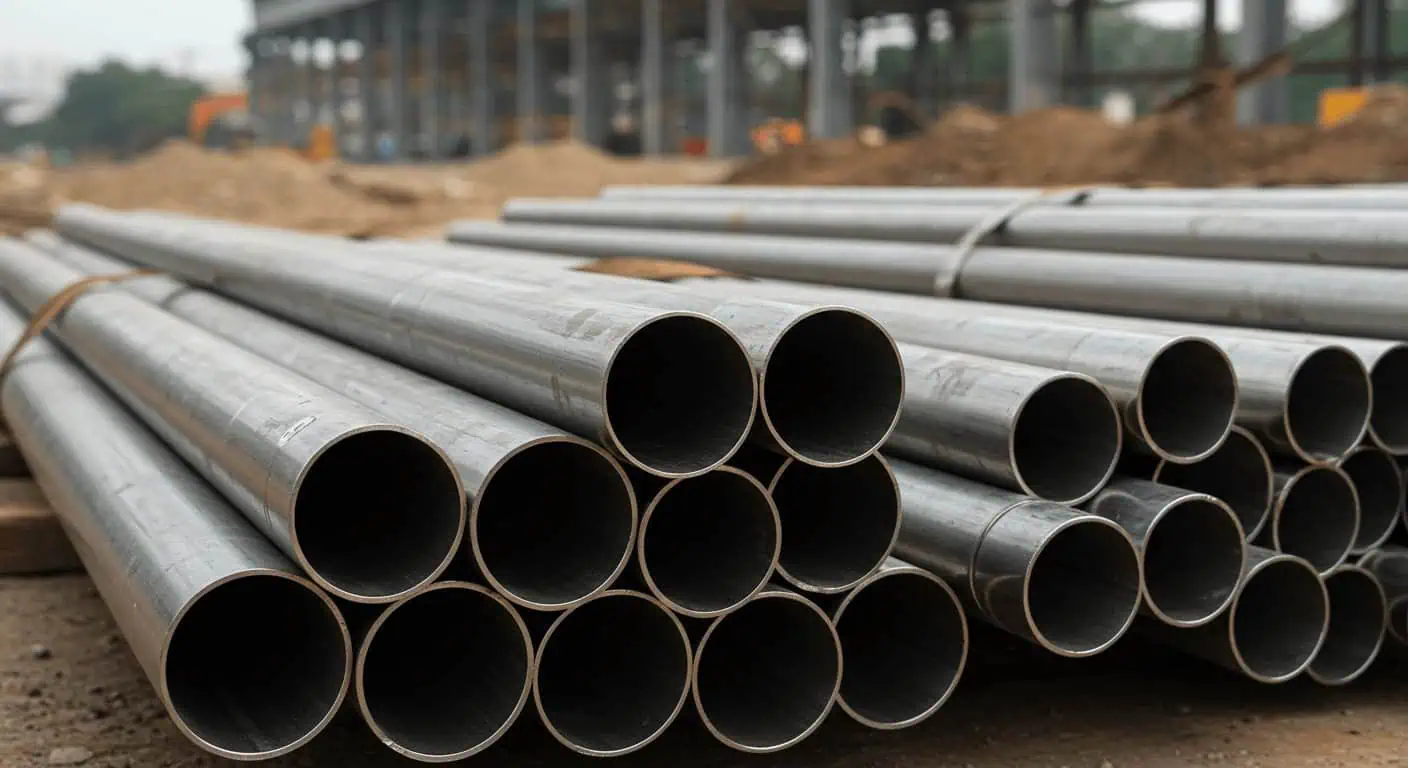
Is Stainless Steel a Poor Conductor of Heat?
In industries needing fast heat transfer, stainless steel often disappoints.
Stainless steel has much lower thermal conductivity than copper or aluminum, making it less effective for boilers, heat exchangers, or HVAC systems.
In fact, stainless steel is often excluded from high-performance cooling systems because it slows down energy transfer. While aluminum cookware heats evenly, one of the disadvantages of stainless steel cookware is uneven heating. Similarly, in large-scale industrial projects, its poor thermal properties increase energy costs. That’s why companies carefully weigh disadvantages of stainless steel before selecting it for thermal applications.
What Metals Should Not Be Used with Stainless Steel?
When stainless steel comes into contact with other metals, galvanic corrosion can occur.
Stainless steel should not touch carbon steel, aluminum, or zinc. These metals can trigger electrochemical reactions that accelerate corrosion in mixed systems.
For example, carbon steel bolts in stainless pipelines often corrode rapidly, spreading damage. Coatings or insulation are necessary to separate metals. Buyers concerned with disadvantages of stainless steel appliances should note that mixing materials in kitchens or factories can reduce durability. Marine environments are particularly risky since saltwater speeds up galvanic reactions.
What’s Bad for Stainless Steel?
Stainless steel is durable but not invincible.
Exposure to chlorides, bleach, acids, and salty air harms stainless steel, breaking down its protective film and leading to discoloration or corrosion.
This is why cleaning products with chlorine are discouraged for stainless sinks or surfaces. Even disadvantages of stainless steel jewelry include tarnishing when exposed to sweat, perfumes, or chemicals. For industrial pipes, acids in chemical plants can be highly destructive. Buyers must choose the right grade of stainless steel for specific environments to avoid premature failure.

Is Stainless Steel High Maintenance?
Durability doesn’t mean zero maintenance.
In demanding industries, stainless steel requires regular inspections, cleaning, polishing, and protective coatings, making it a higher-maintenance material than many assume.
Food processing plants polish stainless surfaces daily to prevent bacterial growth. Marine structures require anti-corrosion sprays and frequent checks. While stainless steel looks attractive, one of the biggest disadvantages of stainless steel appliances is the constant cleaning needed to remove fingerprints and smudges. For pipes, maintenance adds significant costs over the long term.
Are Stainless Steel Pipes Always the Best Choice?
Stainless steel is strong and durable, but not always ideal.
For cost-sensitive or heat-intensive projects, materials like carbon steel, copper, or aluminum often perform better than stainless steel.
In pharmaceuticals and food industries, stainless steel is essential for hygiene. But for heating systems, copper’s conductivity makes it superior. For budget-driven construction, carbon steel is often chosen despite corrosion risks. Buyers analyzing stainless steel pipe advantages and disadvantages need to look beyond marketing and focus on actual application needs.
Summary
Stainless steel pipes are durable but not perfect. Understanding their disadvantages helps buyers balance cost, performance, and maintenance, ensuring better project outcomes and smarter material decisions.

